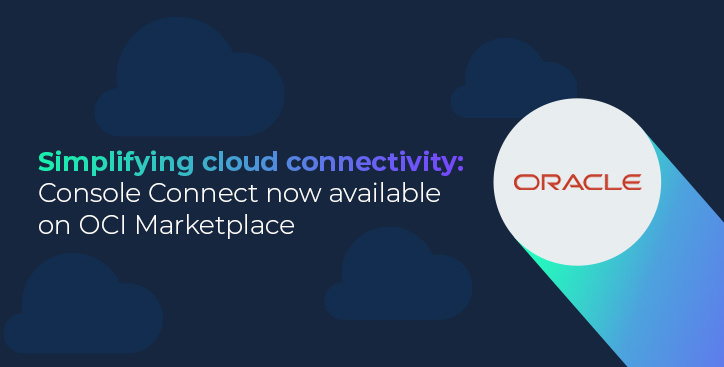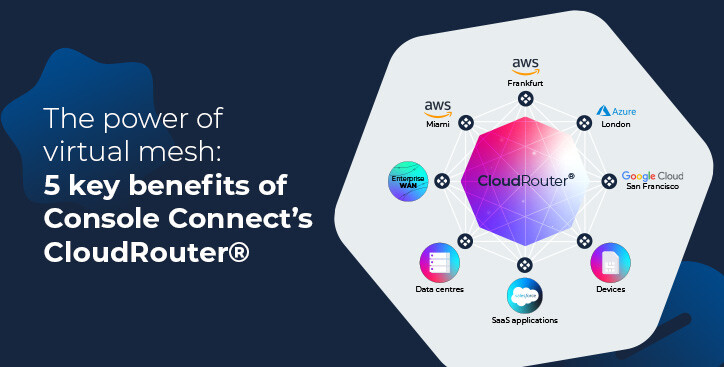It’s often said that complexity is the most expensive item in the IT budget – a comment that seems all the more relevant when considering cloud infrastructure and network connectivity. But what strategies are there for untangling this web of complexity?
Industry analyst, Gartner describes the investment in cloud as ‘relentless’, estimating that around 28% of spending within key enterprise IT markets will shift to the cloud by 2022, up from 19% in 2018. While it appears that cloud is seeing rapid adoption rates, the picture is not simply one of businesses foregoing on-premises infrastructure and moving their entire body of applications and workloads to public cloud instances.
In fact, the trend in general is to be cautious. It’s more likely a full shift to the cloud will take many years due to the slow-moving nature of traditional enterprise IT. What this means is enterprises are now operating not just in a mixture of public cloud and private clouds, but also in multiple different public clouds.
Network infrastructure must adapt to this change, leaving IT and network managers with the challenge of accessing disparate assets across private data centres and multiple public cloud hosts.
The shift of workloads into the public cloud has largely come about as a matter of convenience, but it’s also highlighted the appeal of greater business flexibility and agility – a key benefit of on-demand capacity and pay-as-you-go pricing. Business leaders are seeking to reduce total cost of ownership (TCO) and increase the agility and scalability of on-premises storage and compute by extending their data infrastructure to the public cloud.
In the past, the focus has been on increasing capabilities within the data centre and, by extension, the business. But this development cycle can be prohibitively long. Therefore, the biggest drivers of increased bandwidth demands are coming from the adoption of business critical apps that run in the public cloud, alongside those in the private data centre.
This means that direct communication between on-site data centres and public clouds is more important than ever. As a result, businesses need to deploy data centre interconnection that is as flexible and agile as the dynamic digital assets they already rely on.
While some refer to this as ‘hybrid cloud’, others have adopted the term ‘multi-cloud’ because, as a strategy, it involves more than one cloud – public-to-public or public-to-private, for example. Analysts and vendors are still settling on a definition that encompasses the need to move workloads seamlessly between public and private cloud platforms, while creating a consistent architecture across both environments.
But, to clarify, it’s highly improbable that you’ll want to migrate everything to the public cloud – and very challenging if you did. You can move new assets to the cloud, and maybe a few older elements, but not everything. This is the key reason why a robust hybrid cloud strategy is vital, and why interconnection is a critical part of that plan.
Download our e-book to discover more about multi-cloud connectivity challenges and new networking solutions now available to them.











